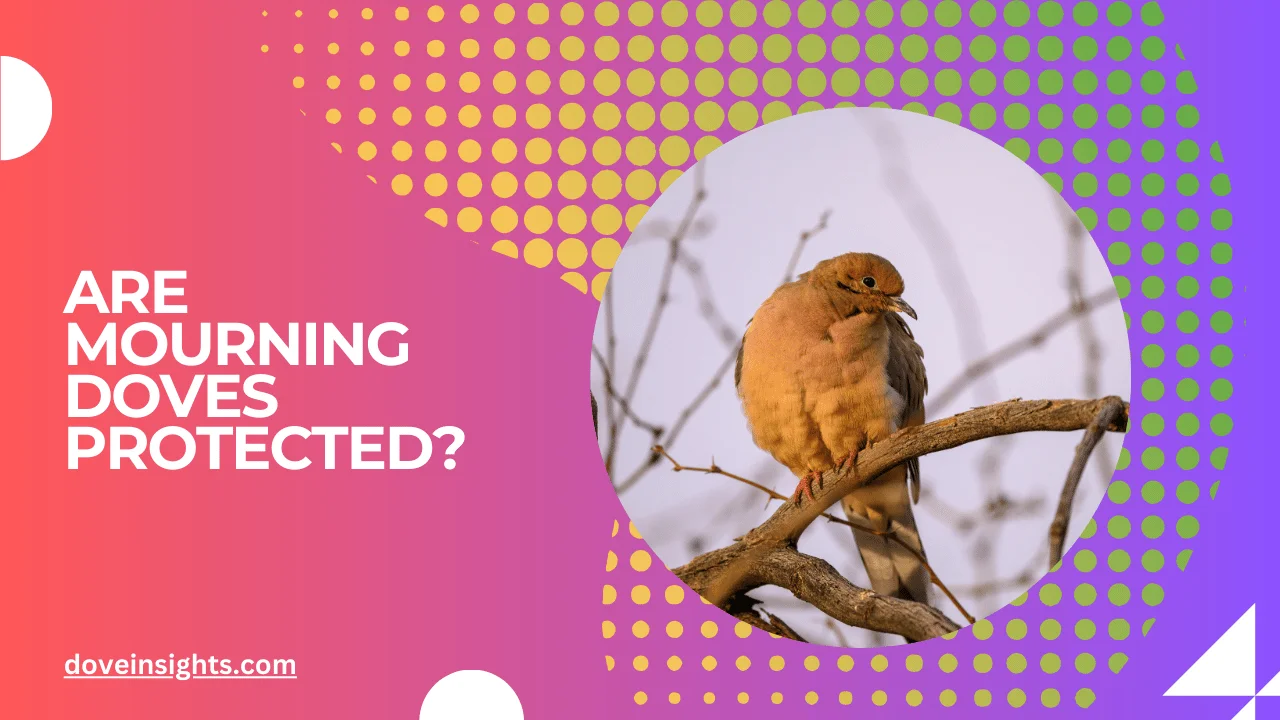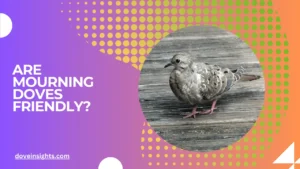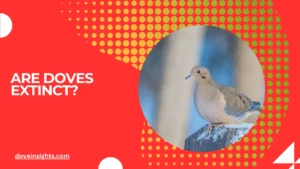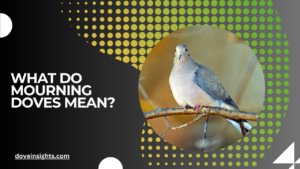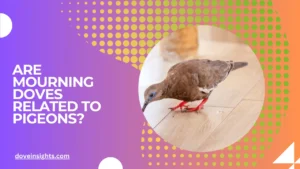The soft, mournful coos of the mourning dove are a familiar soundtrack to many of our mornings. Known for their gentle demeanor and adaptability, these birds hold a special place in both urban and rural landscapes.
But have you ever wondered: are these delicate creatures protected by law, or are they vulnerable to threats like hunting and habitat loss? Understanding their status can offer fascinating insights into their ecological role and the ways humans interact with them.
Globally, millions of birds face challenges due to urbanization, climate change, and human activity. Mourning doves, however, present a curious case.
They are among the most abundant bird species in North America, yet they are still subjected to hunting regulations in many regions. How can a bird be both cherished and hunted? And what does their legal protection—or lack thereof—mean for their populations and ecosystems?
This article dives deep into the world of mourning doves, exploring their protected status, hunting regulations, conservation efforts, and the broader implications for their survival.
By the end, you’ll not only understand the nuanced protections surrounding these birds but also appreciate the role they play in our shared environment.
Contents
Legal Protections for Mourning Doves
The Migratory Bird Treaty Act (MBTA): Mourning doves are protected under the MBTA of 1918, which regulates the hunting, capture, and sale of migratory birds. While this law provides a foundational layer of protection, it also allows for managed hunting seasons.
Hunting Regulations: Mourning doves are classified as game birds in many U.S. states, meaning they can be legally hunted during specific seasons. Strict limits on bag size and hunting methods help ensure populations remain stable.
State-Level Variations: While the MBTA sets federal standards, individual states have their own rules for managing dove populations. Some states impose additional restrictions, while others may have more lenient policies depending on local populations.
Mourning Doves and Conservation Efforts
Population Stability: Mourning doves are among the most abundant bird species in North America, with populations estimated in the hundreds of millions. Their ability to adapt to human-altered landscapes contributes to their resilience.
Conservation Programs: Organizations like the National Audubon Society and local wildlife agencies actively monitor mourning dove populations. These programs focus on habitat preservation, ensuring that doves have ample nesting and feeding grounds.
Habitat Challenges: While mourning doves are adaptable, they still face threats from habitat destruction, urbanization, and climate change. These pressures underline the importance of maintaining green spaces and wildlife corridors.
The Role of Hunting in Mourning Dove Management
Ethical Hunting Practices: Regulated hunting can play a role in managing dove populations, preventing overpopulation and ensuring ecological balance. Hunters often contribute to conservation funds through licensing fees.
Controversy Surrounding Hunting: Despite its regulation, hunting remains a contentious issue. Advocates argue it helps fund conservation, while opponents believe it is unnecessary given the species’ role as a beloved backyard bird.
Balancing Act: Striking a balance between conservation and recreation is key to maintaining mourning dove populations while respecting the cultural and ecological significance of the species.
Global Perspectives on Dove Protection
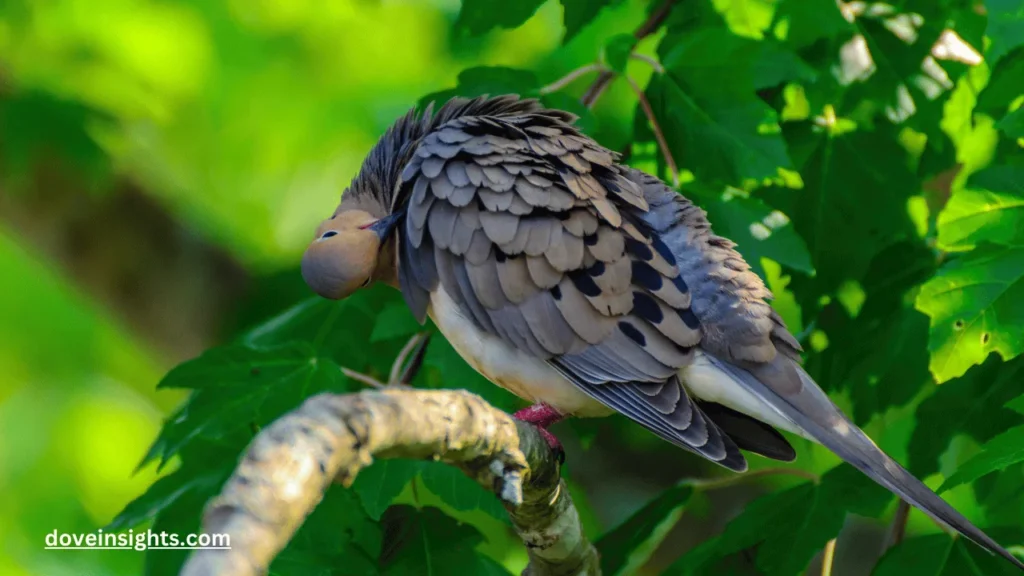
Mourning Doves Beyond the U.S.: While primarily found in North America, mourning doves have been observed in other regions. Their protections vary by country, reflecting differences in cultural attitudes and environmental priorities.
Comparison to Other Dove Species: Mourning doves are often compared to species like the Eurasian collared dove, which is considered invasive in some regions. Understanding these distinctions helps clarify why mourning doves are treated differently.
Lessons from International Practices: Countries with robust bird conservation programs can offer insights into managing mourning dove populations sustainably. These practices can inform U.S. policies, ensuring long-term survival.
Why Protect Mourning Doves?
Ecological Role: Mourning doves play an essential part in their ecosystems by dispersing seeds, which aids in plant regeneration. They are also a vital food source for predators like hawks and snakes.
Cultural Significance: Beyond their ecological contributions, mourning doves hold symbolic value. Their soothing calls and gentle behavior have made them symbols of peace and hope in many cultures.
What We Can Do: From supporting conservation programs to creating bird-friendly habitats in our backyards, individuals can contribute to the protection of mourning doves. Responsible bird feeding and advocating for green spaces can make a meaningful impact.
Conclusion
Mourning doves occupy a unique place in our natural and cultural landscapes. Protected under the Migratory Bird Treaty Act, they are a testament to how laws and conservation efforts can work together to balance human interaction with wildlife.
Despite being subject to regulated hunting, their populations remain robust thanks to adaptive behaviors and conservation programs.
As we continue to share our spaces with mourning doves, it’s crucial to appreciate their ecological and symbolic importance.
Whether you’re a birdwatcher, a hunter, or someone who enjoys their gentle coos, understanding and supporting their protection is a small yet significant step toward preserving our shared environment for future generations.
FAQ’s
Are mourning doves protected by law?
Yes, they are protected under the Migratory Bird Treaty Act, which regulates their hunting and ensures conservation.
Can you hunt mourning doves?
Yes, but only during regulated hunting seasons with specific bag limits to prevent overharvesting.
Why are mourning doves considered game birds?
Their abundance and adaptability make them suitable for managed hunting, which also funds conservation efforts.
What threats do mourning doves face?
Mourning doves face threats from habitat loss, climate change, and, in some cases, illegal hunting.
How can I help protect mourning doves?
Supporting conservation programs, creating bird-friendly habitats, and advocating for green spaces are effective ways to help.
Do all states allow mourning dove hunting?
No, hunting regulations vary by state, with some imposing stricter limits or banning it altogether.

